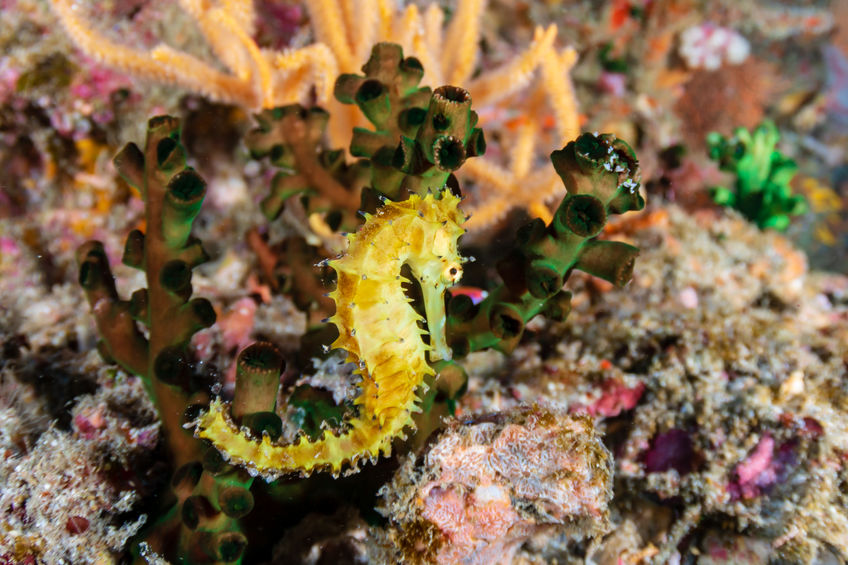Could an underwater “hotel” of sorts provide an endangered seahorse the opportunity to avoid extinction?
Well that is what scientists say will be the case when it comes to “White’s seahorse,” a species that is native to waters off Australia’s Pacific coast.
Out of some 50 seahorse species globally, the White’s seahorse is one of only two that is threatened with extinction (the other being the South African seahorse). To make matters worse, in recent years its population has tumbled dramatically due to a pair of wild storms that destroyed its habitat — wiping out 90% of the population in its favored waters around Sydney.
To help resuscitate White’s seahorse numbers, wildlife experts in Sydney Harbor are constructing special “seahorse hotels” to provide them a place to reside and multiply.
As explained in the publication EcoWatch:
“Seahorses wrap their tails around seagrass and corals to avoid being carried away on currents. They use the habitat to spawn and hide from predators such as crabs, while also feeding on riches of plankton and small crustaceans living in the reef.
“Where corals aren’t available, scientists found seahorses taking up residence in fishing nets and old crab traps abandoned at the bottom of the ocean.
“This inspired the Sydney team to increase available habitat in the famous Australian harbor by building cages of net and steel. Over time, algae, sponges and corals colonize the structures, creating a safe, welcoming environment for the seahorses, say the researchers. The hotel frame will eventually corrode, leaving behind the coral mounds that have grown around them.
The researchers trialed the first hotels in 2018. Within two months, seahorses had begun to move in and soon a few males fell pregnant.”
Will these hotels ultimately succeed in saving the rare, odd looking marine animal? Time will tell. In the meantime, scientists remain optimistic as a project that recently released 90 seahorses into the wild has seen good success after its first month of operation.
For more information, you can read the full story in EcoWatch here.
